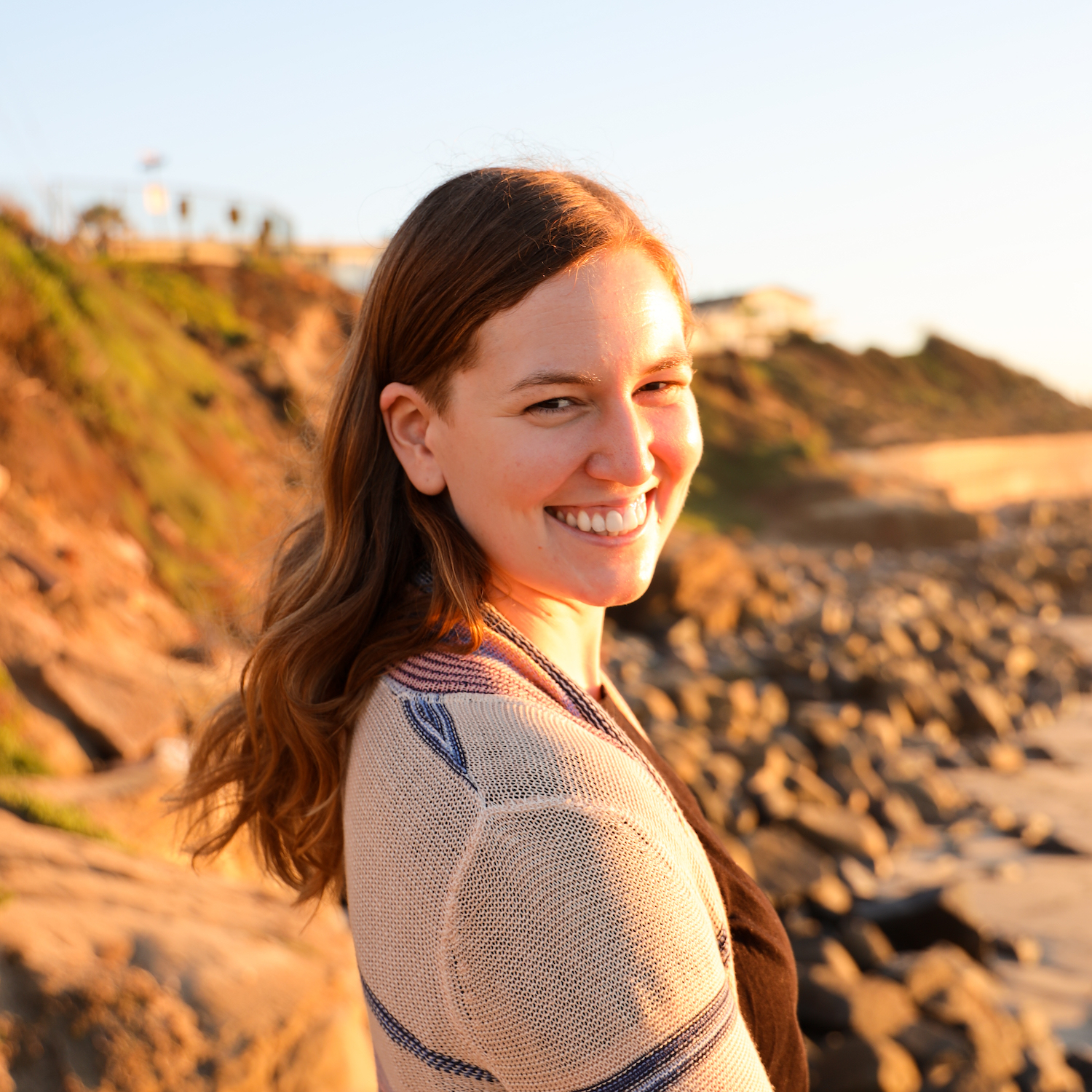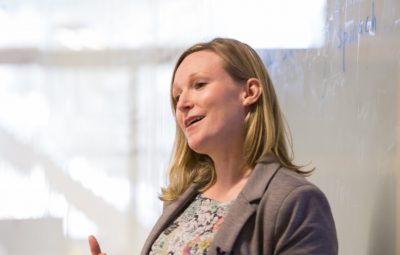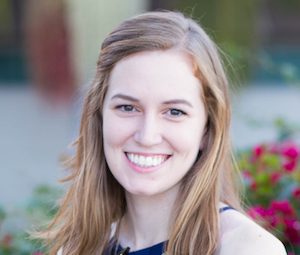“There’s so much helpful content available now, but how can it be understood and consumed by a novice?” asks Ailie Fraser, a PhD graduate, “That’s what I’m interested in answering.” She is a part of a generation of upcoming design innovators, working collaboratively with The Design Lab. Her recently published dissertation aims to support people doing creative tasks with software specifically by leveraging resources generated by experts and bringing them into the context of people’s workflows; in order to make them simpler to navigate and understand.
Fraser received her PhD from UCSD in Computer Science this past spring, and is now working full-time as a Research Engineer at Adobe Research. During her PhD, she completed three internships with Adobe Research. During her first internship, she focused on the domain of photo editing in Photoshop and addressed the problems novices experience when they begin to use the application. Due to the plethora of features and tools offered by the service, it can often be overwhelming to those unfamiliar with Photoshop. She found that experts would package a sequence of operations into simple, usable features (known as actions) and share them online, for people to download and apply them. Fraser and her team created a system that would recommend them in context based on the photo you’re editing, instead of the user having to download these actions. It was this experience that made her realize her passion for making resources that are already available, more accessible to all kinds of users. “How can we take this knowledge that’s already online and bring it into the context of the users, regardless of their experience with the application? This thread of thinking is what most of my projects follow,” states Fraser, “My aim is to help an everyday person become more creative. A lot of professionals will spend years learning about the intricate features of an application, which regular people, who just want to produce original content, won’t be able to do. I want to help get rid of this barrier.”
Her passion for working at the intersection of creativity and technology is what first led her to UC San Diego’s The Design Lab. She admits that although she knew what she wanted to do, she was not quite sure how to do it. “While I was interested in computer vision, computer graphics, and human-computer interaction, I didn’t have a specific area of focus,’ she says, ‘That’s why The Design Lab’s collaborative nature interested me. They are very supportive of interdisciplinary work, and also encourage collaborations across different departments. I could explore my fields of interest, while also learning about other fields.” She elaborates that The Design Lab has helped broaden her perspective, and provided her with the opportunity of gaining feedback from people in different disciplines. “The Design Lab has really helped me get a more well-rounded perspective in my research,” she continues, “and learn about a lot of different areas beyond just the narrow scope of my specific research.”
At Adobe Research, Fraser is excited to continue making the creative process easier for novices, using human-centered design, and implementing that into Adobe’s products. “I’m looking forward to bridging the gap between creative products and users of all experience types, based on the academic research I have done,’ she explains, “I hope my research will be put into the creative tools people use so that the process can become more collaborative and welcoming to novices.”





